The great thing about an all age book is that it can inspire those younger readers without dumbing down the content for older ones. If said content can motivate elementary or middle school readers to learn (see: read) more about the characters then it’s a massive win/win situation. It’s the breadcrumbs of gateway reading. The Big Book of Monsters by Hal Johnson with illustrations by Tim Sievert does just that. It highlights 25 classic monsters from movies, literature and folklore into a beautiful reference book for the curious.
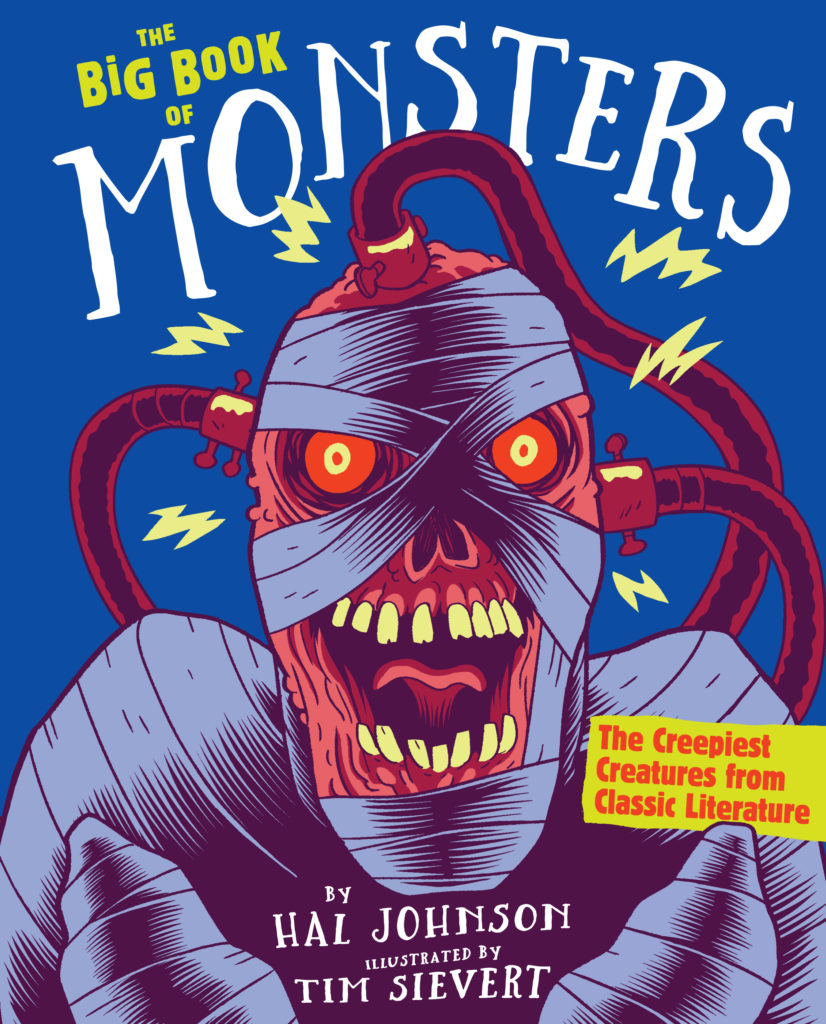
What I liked most about the book is that it doesn’t feature the go-to monster MVPs. Sure, Dracula and Frankenstein are in there. However, even when they are featured the book treats them in the classic literary sense. It’s as if we’re being given the tour of their book through the eyes of a narrator who’s able to skim the utmost surface of these classics.
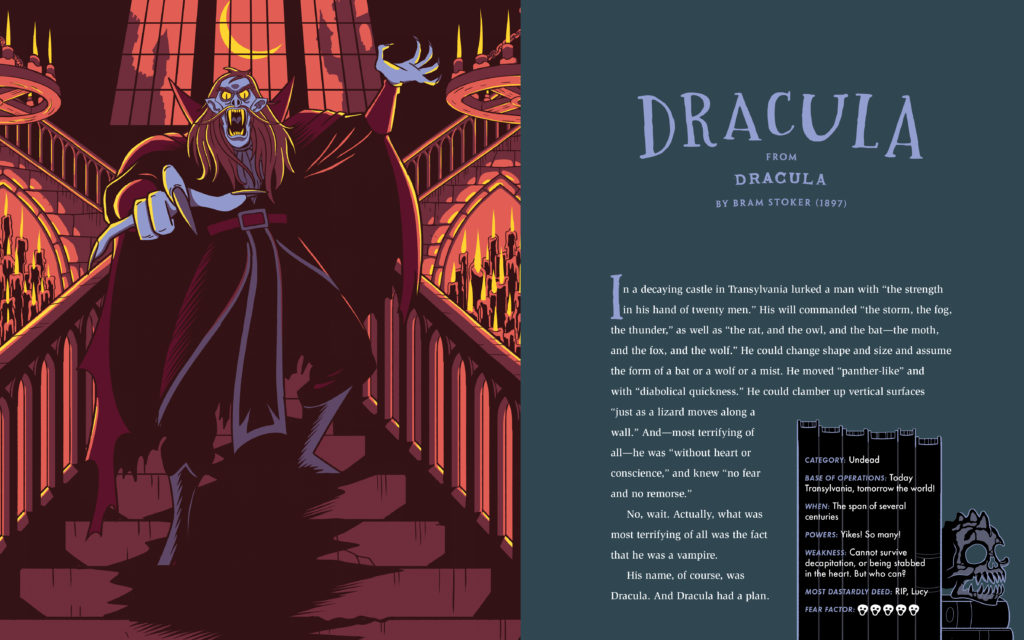
For example, the five-page vignette on Dracula takes a broad, but detailed enough to be scary overview of the classic Bram Stoker story. I had forgotten that the classic Drac was able to shape shift, was incredibly strong and a real nasty character. At the end of the overview are two pages dedicated to the mythos of Dracula and some additional stories might tickle your jugular if that story was in your vein. There was also the true-life story of an English poet, his deceased wife and how her impossibly well preserved body might have factored into Stoker’s tale.
How about Fafnir, Apep, The Horla, Humbaba, Rakshashi or The Lamia-have you ever heard of them? We hadn’t and those stories are fabulously told and they were absolutely more terrifying because I was absolutely unfamiliar with them.
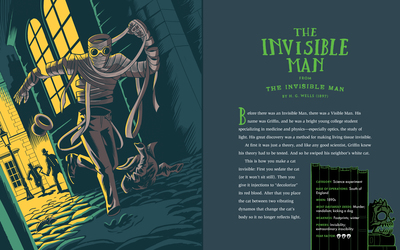
The Horla from 1887 is especially cruel. All of the monsters have their scary stats on the first page that they’re featured on. It lists a category, base of operation, when they supposedly lived, powers, dastardly deed and fear factor. Some like The Headless Horseman rank in at three skulls in the fear factor. Let’s face it; to a large section of the population he’s more known as a Curious George short and a Tim Burton film from the late 90’s. Three skulls is being generous.
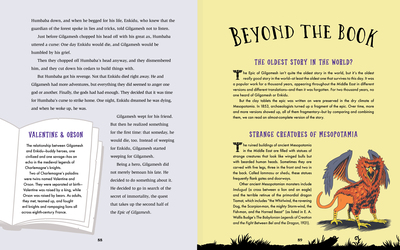
However, The Horla is from Guy de Maupassant and published in 1887. The Horla came from Brazil and unlike its other monster brethren is invisible-and not in an Invisible Man campy kind of way. The Horla was intent on torturing mankind and treating them the way that humans treat farm animals. Think of it as a vegan poltergeist that drives its host insane and then moves on to another person.
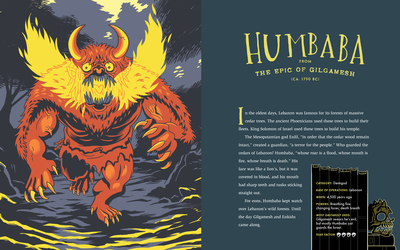
The Big Book of Monsters makes those more advanced readers (like me) want to read more. Additionally, the book is written as such an accessible level that that 10 year-old readers will be able to understand the stories in an age appropriately, scary manner. Some of the stories have a palpable sense of dread. It’s that foggy, damp vibe that dominates Halloween. As this is a book about great characters and stories it’s not exclusively for October. This is a great book, that introduces other great characters that are the stuff of nightmares, but it’s done in a way that those upper elementary kids will enjoy in the most positive of unruly ways.
The above post has affiliate links…because web hosting fees can be scary.…





 Facebook
Facebook Twitter
Twitter Flickr
Flickr GooglePlus
GooglePlus Youtube
Youtube